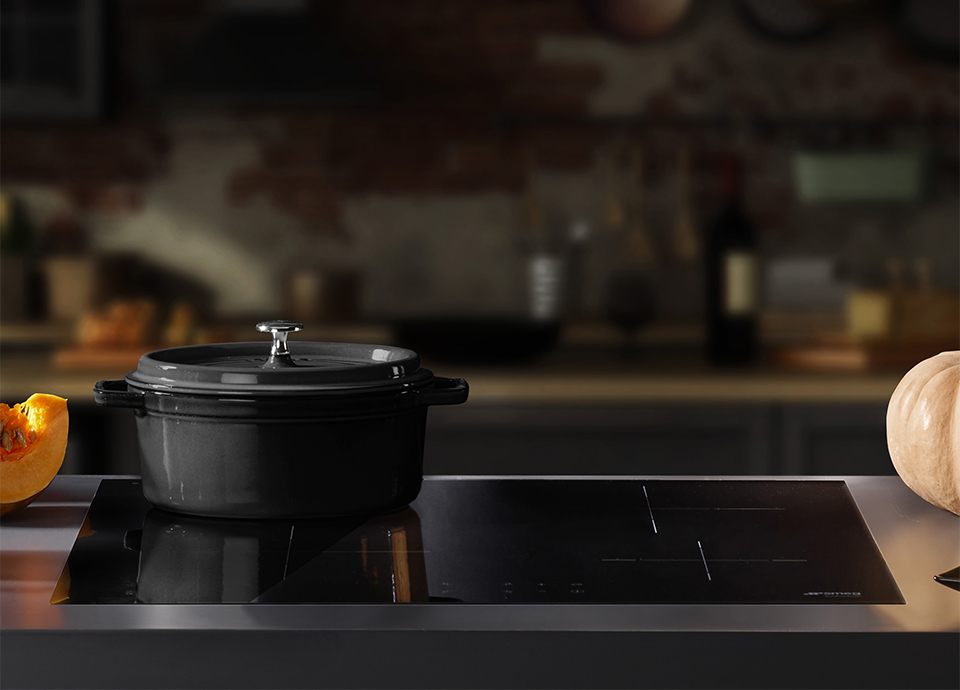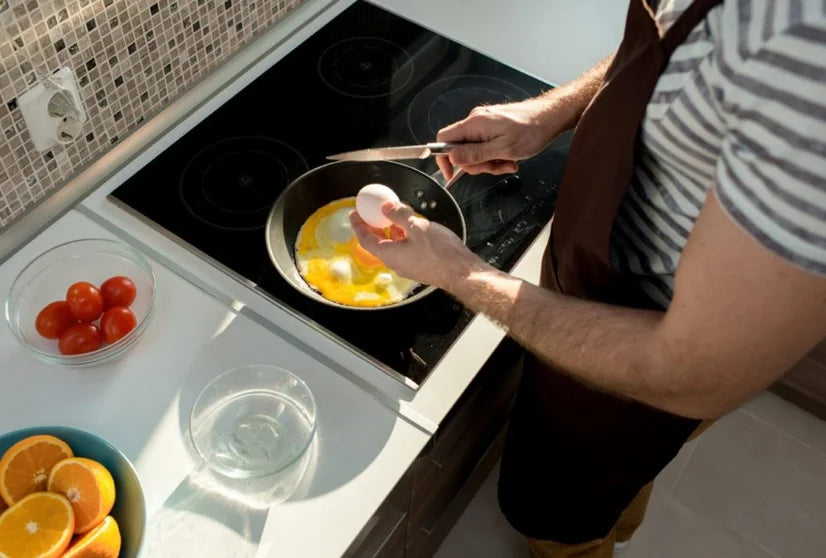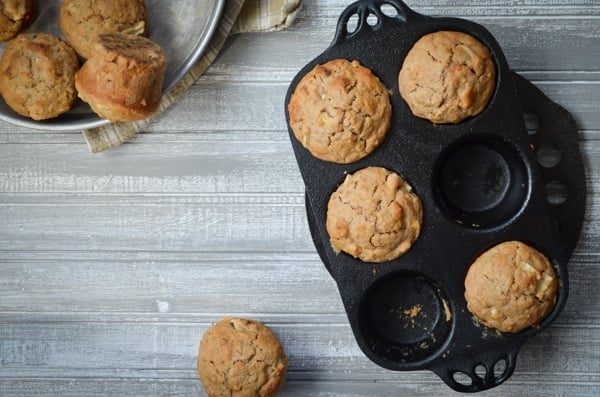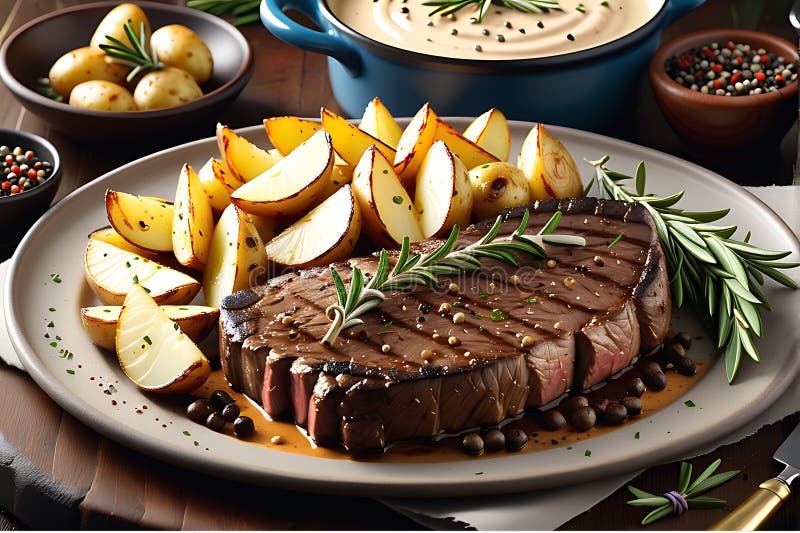For kitchen professionals, the allure of using cast iron cookware is undeniable. It offers exceptional heat retention and can create the perfect sear on meats and vegetables. However, when paired with induction cooktops, certain precautions must be taken to avoid mishaps. Understanding what to avoid when using cast iron on induction is crucial for maintaining both your cookware and your cooking surfaces.
Induction cooktops work by creating a magnetic field that directly heats the cookware. This method is efficient and fast, but it requires the right materials to work effectively. Cast iron is compatible, but improper use can lead to damage or ineffective heating. Let's delve into the specifics of what to steer clear of when combining these two kitchen powerhouses.

Avoid Using Uneven or Warped Cookware
An important aspect of using cast iron on induction is ensuring that the cookware is flat. A warped or uneven bottom prevents effective contact with the cooktop surface, leading to inefficient heating. This can not only affect cooking times and outcomes but also cause the induction elements to work harder, potentially leading to damage.
Maintaining the flatness of your cast iron is crucial. Regular checks and proper storage can prevent warping. If you suspect your cookware is not perfectly flat, it might be worth checking out Whirlpool's comprehensive guide on how to maintain flat cookware for induction use.
Be Cautious of Cooking Temperatures
Induction cooktops heat up remarkably fast, and while cast iron can handle high temperatures, it's essential to avoid overheating. Excessive heat can cause damage to both the cooktop and the cast iron. Cooking at excessively high temperatures can lead to burnt food and damage the seasoning on your cast iron, requiring frequent re-seasoning. For tips on maintaining your cast iron seasoning, check out this Culina Cooks article.
Considerations for Enameled Cast Iron
Enameled cast iron is another popular choice, especially for its non-stick properties and ease of cleaning. However, it's crucial to avoid sudden temperature changes, which can cause the enamel to crack. Gradual heating and cooling are recommended. For more on using enameled cast iron with induction, read this guide from Culina Cooks.
Prevent Scratches on Your Cooktop
The heavy nature of cast iron can lead to scratches or cracks on the cooktop if not handled carefully. Always lift cast iron pots and pans instead of sliding them across the surface. Using a protective layer, such as a thin cloth or silicone mat, can also help minimize the risk of scratching the cooktop.
For more insights on preventing damage to induction surfaces, you can explore Field Company's guidelines for using cast iron on induction.
Avoid Incorrect Sizing
Matching the size of your cast iron cookware with the induction element is necessary for optimal cooking. Using a pot that is too large or too small can result in uneven cooking and inefficient energy use. Make sure your cookware fits the induction element well to ensure even heating and energy efficiency.
Understanding Heat Distribution
While cast iron is known for its excellent heat retention, it does not heat evenly initially. Preheating your cast iron slowly can help distribute heat more evenly before beginning to cook. This practice not only improves the cooking results but also prolongs the life of your cookware.
For more detailed information on the heat dynamics of cast iron on induction, visit Culina Cooks' article on heat distribution.

FAQs
Can cast iron cookware damage my induction cooktop?
Yes, if not used properly. Cast iron can scratch the surface if slid across the cooktop or if the surface is not protected.
Is it necessary to preheat cast iron on induction?
Yes, preheating helps to distribute heat evenly across the cooking surface, preventing hot spots and improving cooking results.
What should I do if my cast iron becomes warped?
If your cast iron becomes warped, it may be challenging to use on induction. Consider replacing it or using it on a different type of cooktop where flatness is less critical.






Leave a comment
This site is protected by hCaptcha and the hCaptcha Privacy Policy and Terms of Service apply.